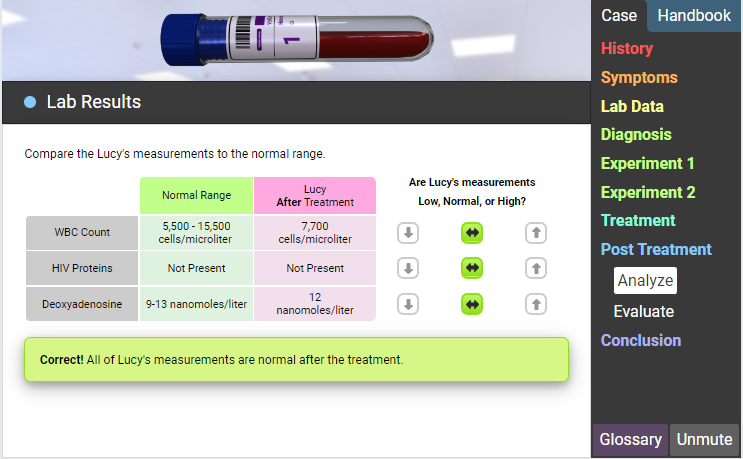Unlocking the Potential: How Stem Cell Therapy Assisted Lucy in Breaking Down Deoxyadenosine
Explain How Stem Cell Therapy Helped Lucy Break Down Deoxyadenosine: Stem cell therapy has emerged as a promising field in medical science, offering hope for treating various conditions and diseases. In the case of Lucy, stem cell therapy played a vital role in breaking down deoxyadenosine, providing her with a renewed lease on life. In this article, we delve into the details of how stem cell therapy aided Lucy in overcoming the challenges posed by deoxyadenosine and highlight the potential of this innovative treatment approach.
ALSO READ : How To Sell Players In Fifa Mobile
Understanding Deoxyadenosine and Its Implications
Deoxyadenosine is a compound that can accumulate in the body due to a genetic disorder called Adenosine Deaminase Deficiency (ADA). ADA deficiency impairs the body’s ability to produce the enzyme needed to break down deoxyadenosine, resulting in a toxic buildup. This condition severely impacts the immune system and poses life-threatening risks.
Stem Cell Therapy
A Game-Changing Solution: Stem cell therapy involves the use of specialized cells with the remarkable ability to differentiate into various cell types within the body. In the case of Lucy, stem cells were utilized to replace the deficient ADA enzyme. These stem cells, capable of producing functional ADA enzyme, were introduced into her body to facilitate the breakdown of deoxyadenosine.
Stem Cell Transplantation Process
The stem cell therapy procedure for Lucy involved several steps. Healthy stem cells, either derived from her own bone marrow (autologous transplantation) or from a donor (allogeneic transplantation), were collected. After the stem cells were prepared, Lucy received conditioning treatment to create space for the transplanted cells and suppress her immune system. The stem cells were then infused into her bloodstream, where they migrated to the bone marrow and started producing the necessary ADA enzyme. Explain How Stem Cell Therapy Helped Lucy Break Down Deoxyadenosine
Successful Breakdown of Deoxyadenosine
Through stem cell therapy, Lucy’s body gained the ability to break down deoxyadenosine effectively. The introduced stem cells produced functional ADA enzyme, which catalyzed the conversion of deoxyadenosine into harmless byproducts, restoring the balance and reducing the toxic effects of deoxyadenosine accumulation.
Promising Results and Future Potential
The application of stem cell therapy in Lucy’s case showcased remarkable outcomes. Her immune system started to recover, and the toxic effects of deoxyadenosine significantly diminished. Stem cell therapy not only offered a potential cure for ADA deficiency but also provided valuable insights into the broader applications of stem cells in treating other genetic disorders and immune-related conditions.
ALSO READ : How To Unlock H2H Fifa Mobile
Conclusion
Stem cell therapy has revolutionized the treatment landscape by offering a transformative approach to address conditions like ADA deficiency, as seen in Lucy’s case. By introducing functional ADA enzyme-producing stem cells, this innovative therapy enabled the breakdown of deoxyadenosine, mitigating the detrimental effects of the genetic disorder. With ongoing research and advancements in stem cell technology, the potential for expanding the scope of stem cell therapy holds tremendous promise in treating various genetic and immune-related conditions, opening new doors for improved quality of life and medical interventions.
